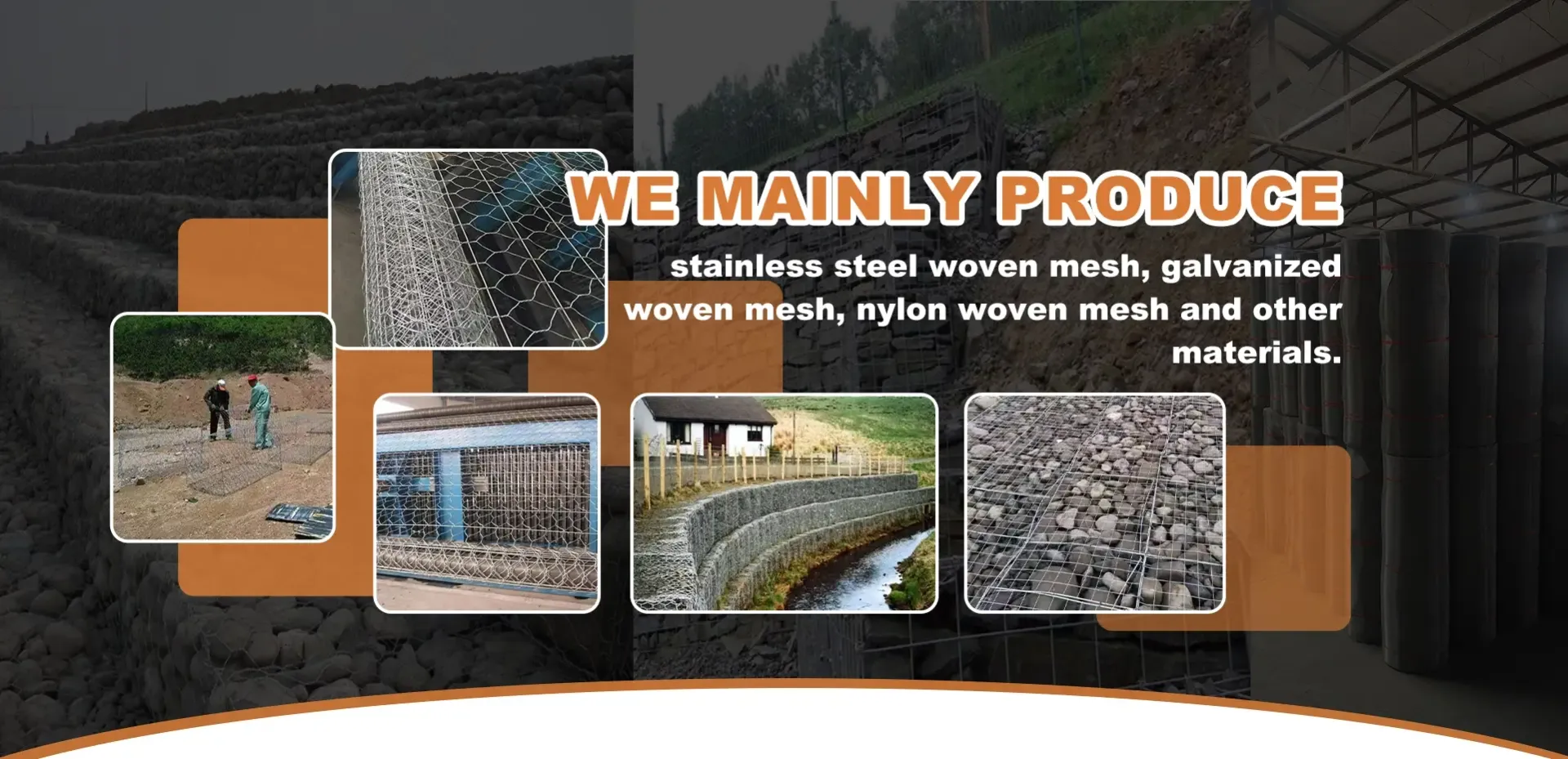-
 Afrikaans
Afrikaans -
 Albanian
Albanian -
 Amharic
Amharic -
 Arabic
Arabic -
 Armenian
Armenian -
 Azerbaijani
Azerbaijani -
 Basque
Basque -
 Belarusian
Belarusian -
 Bengali
Bengali -
 Bosnian
Bosnian -
 Bulgarian
Bulgarian -
 Catalan
Catalan -
 Cebuano
Cebuano -
 China
China -
 Corsican
Corsican -
 Croatian
Croatian -
 Czech
Czech -
 Danish
Danish -
 Dutch
Dutch -
 English
English -
 Esperanto
Esperanto -
 Estonian
Estonian -
 Finnish
Finnish -
 French
French -
 Frisian
Frisian -
 Galician
Galician -
 Georgian
Georgian -
 German
German -
 Greek
Greek -
 Gujarati
Gujarati -
 Haitian Creole
Haitian Creole -
 hausa
hausa -
 hawaiian
hawaiian -
 Hebrew
Hebrew -
 Hindi
Hindi -
 Miao
Miao -
 Hungarian
Hungarian -
 Icelandic
Icelandic -
 igbo
igbo -
 Indonesian
Indonesian -
 irish
irish -
 Italian
Italian -
 Japanese
Japanese -
 Javanese
Javanese -
 Kannada
Kannada -
 kazakh
kazakh -
 Khmer
Khmer -
 Rwandese
Rwandese -
 Korean
Korean -
 Kurdish
Kurdish -
 Kyrgyz
Kyrgyz -
 Lao
Lao -
 Latin
Latin -
 Latvian
Latvian -
 Lithuanian
Lithuanian -
 Luxembourgish
Luxembourgish -
 Macedonian
Macedonian -
 Malgashi
Malgashi -
 Malay
Malay -
 Malayalam
Malayalam -
 Maltese
Maltese -
 Maori
Maori -
 Marathi
Marathi -
 Mongolian
Mongolian -
 Myanmar
Myanmar -
 Nepali
Nepali -
 Norwegian
Norwegian -
 Norwegian
Norwegian -
 Occitan
Occitan -
 Pashto
Pashto -
 Persian
Persian -
 Polish
Polish -
 Portuguese
Portuguese -
 Punjabi
Punjabi -
 Romanian
Romanian -
 Russian
Russian -
 Samoan
Samoan -
 Scottish Gaelic
Scottish Gaelic -
 Serbian
Serbian -
 Sesotho
Sesotho -
 Shona
Shona -
 Sindhi
Sindhi -
 Sinhala
Sinhala -
 Slovak
Slovak -
 Slovenian
Slovenian -
 Somali
Somali -
 Spanish
Spanish -
 Sundanese
Sundanese -
 Swahili
Swahili -
 Swedish
Swedish -
 Tagalog
Tagalog -
 Tajik
Tajik -
 Tamil
Tamil -
 Tatar
Tatar -
 Telugu
Telugu -
 Thai
Thai -
 Turkish
Turkish -
 Turkmen
Turkmen -
 Ukrainian
Ukrainian -
 Urdu
Urdu -
 Uighur
Uighur -
 Uzbek
Uzbek -
 Vietnamese
Vietnamese -
 Welsh
Welsh -
 Bantu
Bantu -
 Yiddish
Yiddish -
 Yoruba
Yoruba -
 Zulu
Zulu
steel mesh
The Versatility and Importance of Steel Mesh in Modern Construction
Steel mesh, a grid-like configuration of steel wires or bars, plays a pivotal role in the modern construction industry. With its strength, durability, and adaptability, steel mesh is utilized in various applications, from reinforcing concrete slabs to creating barriers. Understanding the significance of steel mesh can provide insights into its advantages, types, and various applications.
At its core, steel mesh is designed to improve the tensile strength of concrete. Concrete, while strong in compression, is relatively weak in tension. When reinforcing materials are embedded within concrete, they counteract tensile forces, leading to a more resilient structure. Steel mesh serves this purpose effectively, enhancing the overall performance and longevity of concrete constructions. The welded or woven forms of steel mesh ensure a uniform distribution of stress, which is crucial for the integrity of buildings, bridges, and other structures.
One of the notable advantages of steel mesh is its versatility
. It comes in a variety of sizes, shapes, and configurations, allowing engineers and architects to meet specific project requirements. Common types of steel mesh include welded wire fabric, which consists of steel wires that are welded at intersections, and woven wire mesh, known for its flexibility and adaptability. Each type serves different functions welded wire fabric is often used for concrete slabs and pavements, while woven wire mesh may be preferred for fencing or as a reinforcement in less demanding applications.steel mesh

In addition to reinforcement, steel mesh has a wide array of applications beyond construction. It is commonly used in landscaping, offering support for plants or decorative elements. In agricultural settings, steel mesh can serve as a protective barrier, ensuring the safety of crops from pests and wildlife. Moreover, the mesh can be integrated into security features, providing a robust alternative for fencing that deters unauthorized access while maintaining visibility.
Sustainability is another compelling aspect of steel mesh. Steel is a highly recyclable material, and its utilization in construction aligns with environmentally friendly practices. By repurposing steel products, the construction industry can significantly reduce its carbon footprint. Additionally, steel mesh enhances the longevity of structures, leading to reduced maintenance and replacement costs over time.
The installation process of steel mesh is generally straightforward, contributing to efficiency on construction sites. It can be cut and shaped to fit various forms and is typically tied or fastened in place before the concrete is poured. This ease of installation not only accelerates construction timelines but also allows for greater flexibility in design and application.
In conclusion, steel mesh is an indispensable component of modern construction and engineering. Its ability to strengthen concrete, versatility in various applications, sustainable qualities, and ease of installation make it a preferred choice among contractors and builders. As the demand for durable and resilient infrastructure continues to grow, the significance of steel mesh in realizing these goals will undoubtedly expand, solidifying its place as a fundamental element in the construction industry. Whether for reinforcing buildings or creating barriers, steel mesh stands out as a testament to the blend of innovation and practicality in construction materials.
-
Shipping Plastic Bags for Every NeedNewsJul.24,2025
-
Safety Netting: Your Shield in ConstructionNewsJul.24,2025
-
Plastic Mesh Netting for Everyday UseNewsJul.24,2025
-
Nylon Netting for Every UseNewsJul.24,2025
-
Mesh Breeder Box for Fish TanksNewsJul.24,2025
-
Expanded Steel Mesh Offers Durable VersatilityNewsJul.24,2025











